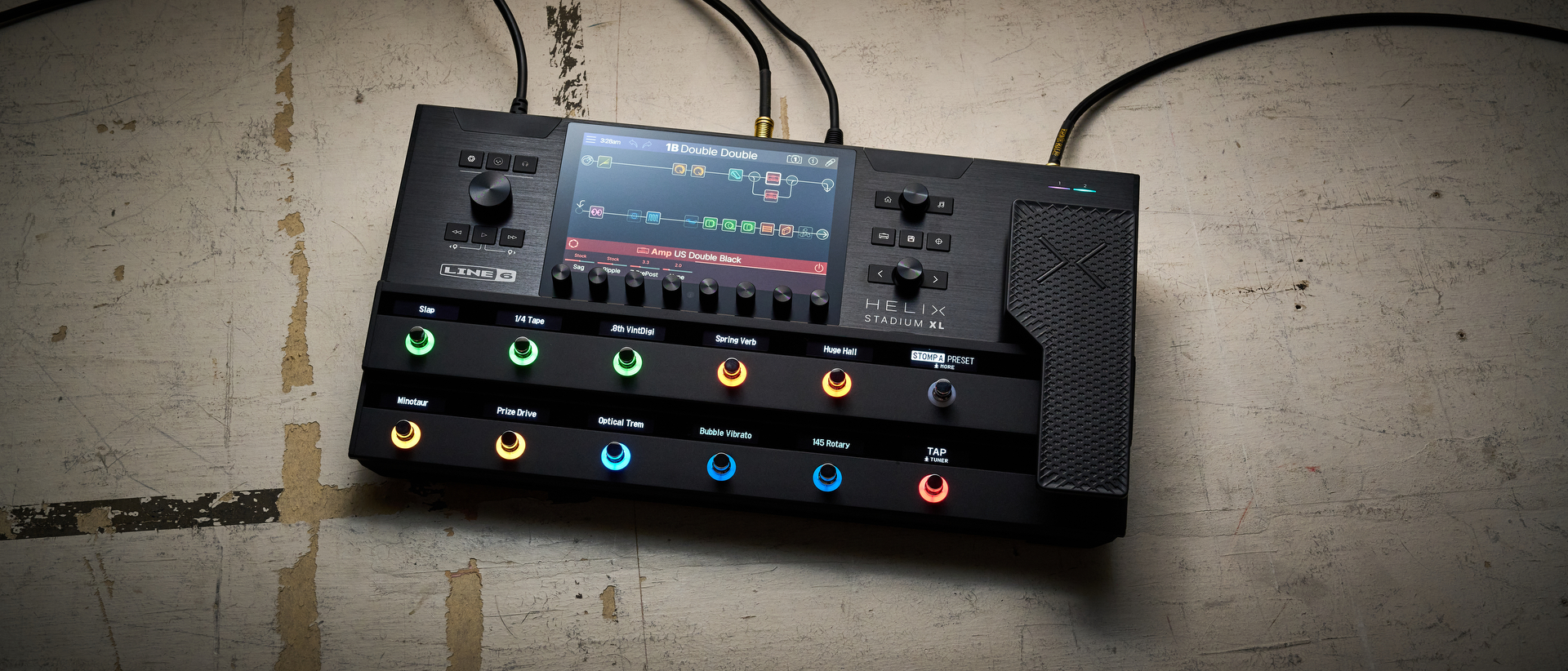If you can’t play syncopated rhythms, you can’t be a funk guitar player – and improving your groove will help your playing in all styles
Unpack the essentials of funk guitar and target those offbeats to add rhythmic intrigue to your playing

Syncopation is a musical term directly associated with rhythm. In short, syncopation is where rhythms tend to fall on and utilise the off-beat, rather than landing on the stronger on-beats. This approach helps to create interesting rhythms, adding musical tension to the flow of a piece of music.
One genre of music synonymous with syncopation is funk, where 16th-note patterns are used to create rhythmic displacement and interest. The use of 16th notes, or semiquavers as they are commonly known, give musicians an extra palette of beats to exploit.
Rather than having eight beats to play with in each bar, counted as 1 + 2 + 3 + 4 + within a regular bar of 4/4, further subdividing these into 16ths creates a feel of 1e+a, 2e+a, 3e+a, 4e+a. This gives the musicians 16 beats to play with in each bar, allowing for greater rhythmic flexibility.
An example of a guitarist who revels in this style of playing is Nile Rodgers. Nile is
a master at constructing syncopated guitar rhythms be it for Chic’s I Want Your Love, Diana Ross’ I’m Coming Out, David Bowie’s Let’s Dance or Sister Sledge’s We Are Family.
Cory Wong is a modern-day funk influencer, with his tight, syncopated 16th note rhythm gaining many fans.
The key to playing funk guitar is to keep your strumming hand loose and relaxed, while maintaining a consistent up and down motion. The ideal is to strum the strings on the required beats within your 16th-note pattern.
This technique is a standard method for playing rhythm guitar as a whole, where the constant up and down movement of the strumming hand works like a metronome, helping to keep you in time.
All the latest guitar news, interviews, lessons, reviews, deals and more, direct to your inbox!
When using this technique to play 16th notes, the e and a beats will land on up-strokes, while the down beat and + will land on down-strokes. Maintaining this for an extended period of time can be tiring at first, so it’s important not to tense your strumming hand, but keep it as loose as possible.
This same approach can be used when playing single-note syncopated lines, once again helping you to stay in time and locked in with the groove.
The following examples and study piece showcase a number of different 16th-note patterns. I have included the strumming and picking patterns for all of the tab and notation to show which beats should fall on either a down or upstroke.
If you are unfamiliar with this style of playing, you could start by strumming a single chord using straight 16ths, getting used to how it feels, where some beats land, and also those where the plectrum bypasses the strings.
Crack your funk chops and it will add a new layer to your playing, because rhythm is one of the most important but sometimes neglected elements of guitar playing.
Get the tone
Amp Settings: Gain 2, Bass 4, Middle 5, Treble 6, Reverb 3
A clean tone is a must for most funk. Many players opt for neck pickup or positions 2 or 4 on a Stratocaster, but a Tele‘s both pickups on, or both pickups together on a humbucking guitar, all work well.
A compressor pedal can be useful to even out dynamics, but care is required with the settings as well as use of delay; too much (or not being in time) can create confusion.
Playing examples
Example 1
This single-note line involves playing a combination of pitched and ghost notes (where the pick glances over the strings but without sounding actual notes). Keep a constant 16th-note picking pattern with a slight rest at the end of each bar. Don’t lift the pick too far off the strings or you’ll lose strumming efficiency.
Example 2
Ghost notes are removed here, where the emphasis is on the off beat, requiring lots of up strokes (and silent down strokes). Aim for consistent timing and fluency.
Example 3
A single A7 chord is the basis for this example, which is played in suitably syncopated fashion. Keep your strumming hand loose and follow the picking directions, making sure that you lock in with the groove.
Example 4
Double-stops feature in this example. Ensure that you avoid or mute the rest of the strings to keep the sound clear and concise.
Example 5
A series of A dominant chords makes up this final example. Play as clearly and fluently as you can, muting any unplayed strings and keeping your strumming hand loose. Avoid needless flailing, which destroys strumming efficiency and can disrupt your timing. You might want to watch your rhythm hand to see how you’re doing.
Simon is a graduate of the UK's Academy of Contemporary Music and The Guitar Institute, and holds a Masters degree in music. He teaches, examines and plays everything from rock to jazz.

